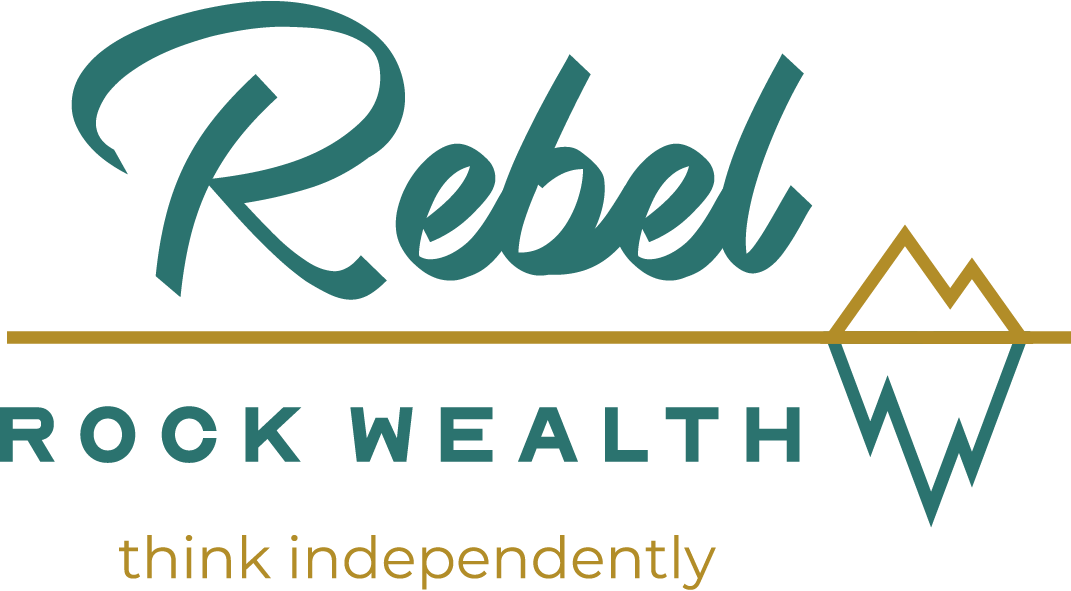What Did You Learn From The Government Shutdown?
800,000 U.S. government workers are FINALLY going to be paid for the time they worked since December 22, 2018. The longest government shutdown just ended after 35 days because the President wanted to use their paychecks as a bargaining chip for a campaign promise. Regardless of your political leanings, it is not fair that these hard working, employed people had to work without pay or were furloughed for no justifiable reason. In the end, Trump had to agree to open up the government again because no party is going allow a precedent to be set where the President can hold up the funding of Federal agencies until he/she gets what they want.
Were you one of these affected workers? Do you know a family that was directly impacted by this shutdown?
How did they do financially? How are you doing financially?
If you missed receiving any income for 35 days, would you still be able to cover your expenses?
Nobody saw a 35 day shutdown coming. Most of us don’t see a layoff, firing or an injury coming either so are you ready to continue to meet your family’s financial obligations if your income stopped for a month? This is why I coach my clients to ALWAYS pay themselves first. It needs to become a habit that when your paycheck is deposited into your checking account, it is already minus the amount you automatically directed to your savings. Most employers allow you to have multiple bank accounts setup with payroll. If you can, setup your bank savings account and have at least 10% of each paycheck directed there. If you can afford to direct more, please do so. Do this till you have 6-9 months of your living expenses saved up. If you have outstanding debt like credit cards or car loans, put half of what you were saving towards paying down that debt. If you have a purchase goal like a computer, a car or even a house, continue putting the other half of what you were saving but allocated for this goal.
For example: Jane Smith has household expenses of $3400/mo for her rent, utilities, car, student loans, and groceries. She is able to save 12% of each paycheck that she automatically had directed to her savings account till she reached a balance of $27,200 (8 months of expenses). She then opened a separate bank savings account and directed 6% of her paycheck there to start saving for a house. The other 6% that she was saving is now coming to her checking account but she is using it to pay down her credit card bills. Each month Jane can see her credit card balance dropping and her savings continue to grow. It is very rewarding and she is prepared for any unforeseen circumstances that might interrupt her cash flow.
Do you need help getting your finances organized? Download my FREE Rebel Rock Spending Plan Worksheet. Understand how much and when cash is flowing in and how much and when cash needs to flow out so you can meet your financial obligations to yourself and others. If you want to discuss your personal or business finances, don’t wait! Schedule a free consultation today!

